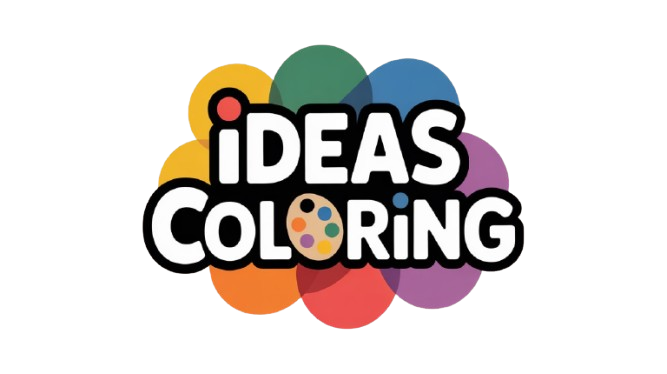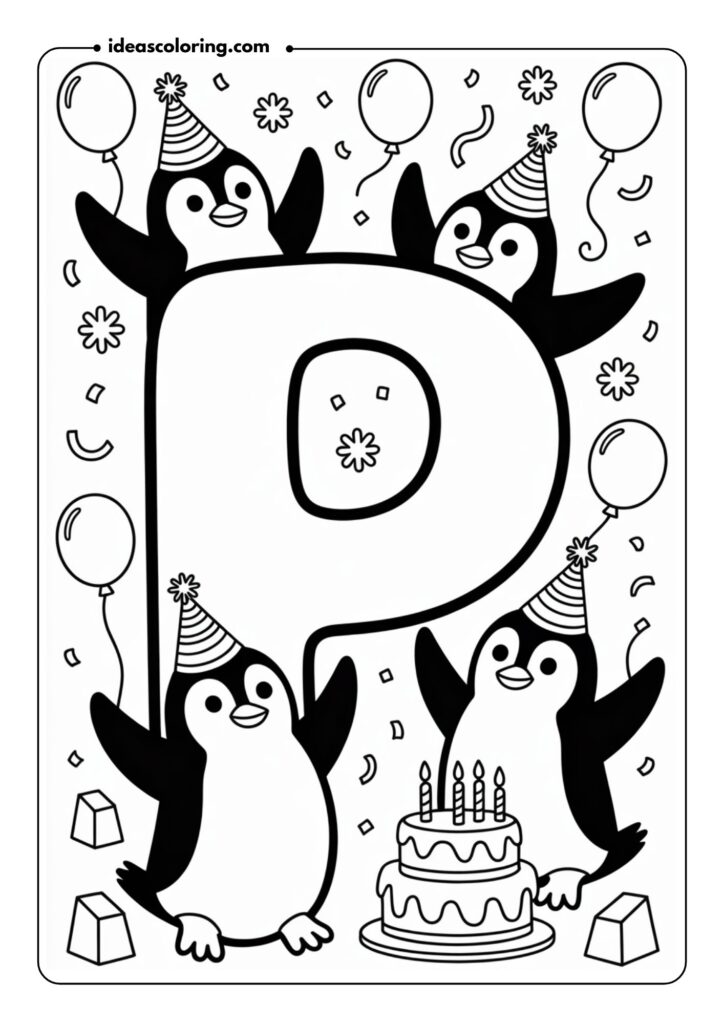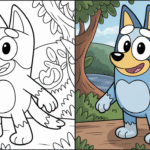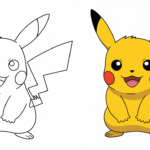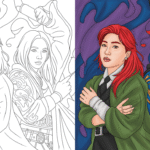We offer a wide collection of free, high-quality printable coloring pages for kids and adults. From cute animals to intricate mandalas, our designs bring creativity and relaxation to everyone. Download, print, and start coloring today!
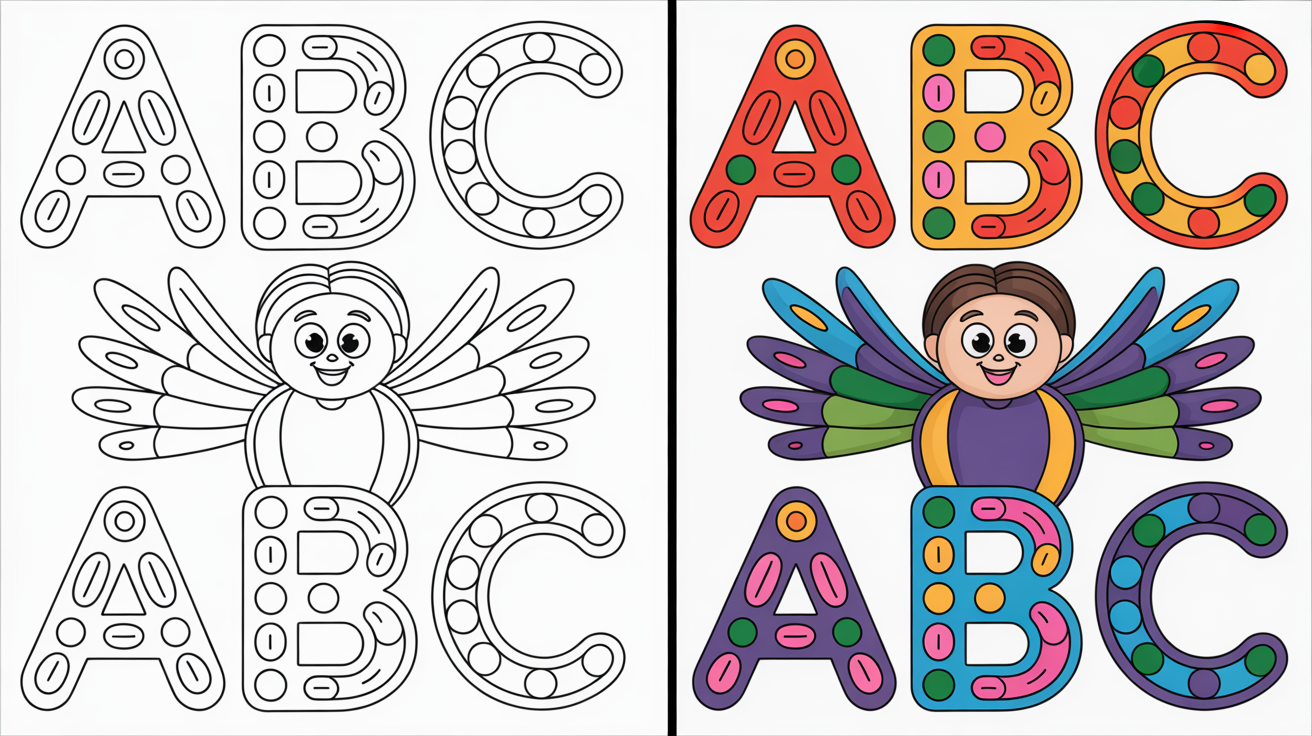
Hey there, fellow parents and educators! I’m Lilly, and let me tell you something that might just change your busy weekdays forever. Alphabet coloring pages aren’t just another way to keep your little ones quiet for twenty minutes (though let’s be honest, that’s pretty great too). These simple sheets of paper are actually educational powerhouses disguised as fun activities.
I discovered this little secret when my daughter Emma was struggling with letter recognition. She’d mix up her b’s and d’s, and don’t even get me started on trying to get her to practice writing! But the moment I handed her those colorful alphabet sheets? Magic happened.
What Makes Alphabet Coloring Pages So Special?
You might be wondering, “Lilly, what’s the big deal? It’s just coloring, right?” Wrong! Alphabet coloring pages are like getting three educational tools rolled into one amazing package.
They’re building fine motor skills while your child grips that crayon and carefully colors within those lines. Every stroke is strengthening those tiny hand muscles they’ll need for writing later.
Letter recognition happens naturally as kids focus on each letter’s unique shape. There’s something magical about the way children absorb information when they’re having fun. They’re not even realizing they’re learning!
And here’s my favorite part – these pages buy you precious time to prep dinner, answer emails, or just breathe for a moment. Win-win, right?
The Hidden Benefits You Probably Never Thought About
When I first started using alphabet coloring pages with Emma, I thought I was just keeping her busy. But after a few weeks, I noticed some incredible changes that caught me completely off guard.
Table of Contents
Patience and Focus Development
Remember how your toddler used to bounce from activity to activity every five minutes? Alphabet coloring pages naturally encourage longer attention spans. There’s something about completing a full letter that gives kids a sense of accomplishment they don’t want to abandon halfway through.
I’ve watched Emma go from coloring for maybe ten minutes to sitting contentedly for almost an hour, completely absorbed in creating her masterpiece.
Confidence Building
Here’s something beautiful I’ve observed: when kids finish coloring their alphabet pages, they beam with pride. Unlike some learning activities where they might feel frustrated or “wrong,” coloring feels safe and successful.
Every child colors differently, and every result is perfect. This builds the kind of confidence that carries over into other learning areas.
Screen-Free Learning That Actually Works
Let’s face it – finding engaging activities that don’t involve screens can feel impossible some days. Alphabet coloring pages offer that perfect balance of education and entertainment without any digital distractions.
Your kids get the satisfaction of creating something tangible they can hold, display on the fridge, or give as gifts to grandparents.
Choosing the Right Alphabet Coloring Pages for Your Child’s Age
Not all alphabet coloring pages are created equal, and what works for your three-year-old might frustrate your six-year-old (or vice versa!). Here’s how I’ve learned to match pages to developmental stages:
For Preschoolers (Ages 3-4)
Look for pages with large, bold letters and simple designs. Thick lines are your friend here! These little ones are still developing their grip and control, so intricate details will only lead to tears and frustration.
I love pages that include fun pictures starting with each letter. A is for Apple, B is for Butterfly – you get the idea. It reinforces the connection between letters and sounds.
For Kindergarteners (Ages 5-6)
This age group can handle more detailed alphabet coloring pages with both uppercase and lowercase letters on the same page. They’re ready for slightly more complex designs and might enjoy themed pages (like jungle animals or space adventures).
For Early Elementary (Ages 6-8)
These kids are ready for alphabet coloring pages that challenge them a bit more. Pages that include writing practice lines, word examples, or even simple sentences work beautifully.
Creative Ways to Use Alphabet Coloring Pages (Beyond Just Coloring!)
Here’s where things get really fun. I’ve discovered so many creative ways to extend the learning and enjoyment from these simple pages.
Create an Alphabet Book
Have your child color one letter per week, then help them create their own personalized alphabet book. Hole-punch the pages and add string or rings to bind them together. Emma still pulls out her homemade alphabet book to “read” to her stuffed animals!
Letter Scavenger Hunts
After coloring a letter, go on a house hunt to find objects that start with that letter. It’s amazing how many “B” items you can discover when you’re really looking!
Wall Display Rotations
Instead of cramming everything on the refrigerator, create a special “Letter of the Week” display space. Rotate the featured letter weekly, and watch your child’s excitement when it’s “their turn” to be showcased.
Making the Most of Your Coloring Time
Alphabet coloring pages work best when they feel like special time, not just busy work. Here are some strategies I’ve learned that make all the difference:
Set Up a Dedicated Coloring Space
It doesn’t have to be fancy – even a cleared spot at the kitchen table works. But having consistent supplies ready to go eliminates those “Mom, where are the crayons?” interruptions that break the magic.
Keep a basket with crayons, colored pencils, and markers easily accessible. I’ve found that giving kids choices about their tools makes them more invested in the activity.
Make It Social Sometimes
While independent coloring has its place, don’t underestimate the power of coloring together. Some of my favorite conversations with Emma happen when we’re both focused on our own pages, chatting about colors and letters.
Use Positive Reinforcement Naturally
Instead of generic praise like “good job,” try being specific about what you notice. “I love how carefully you colored inside the lines on that letter A!” or “What a creative color choice for the butterfly!”
Troubleshooting Common Challenges
Let me share some real-talk solutions for when alphabet coloring pages don’t go according to plan:
When They Don’t Want to Color “Correctly”
If your child wants to make the letter A purple with green polka dots, let them! The learning happens regardless of color choices, and creativity should be celebrated.
When They Rush Through Pages
Some kids try to speed through everything. I’ve learned to introduce “mindful coloring” by asking questions like, “What does this letter feel like under your crayon?” It naturally slows them down.
When Interest Wanes
Rotation is key. Put the alphabet pages away for a week or two, then bring them back with new enthusiasm. Sometimes a different set with fresh themes can reignite interest.
The Long-Term Impact You Can Expect
After using alphabet coloring pages consistently with Emma, I can honestly say the benefits extend far beyond letter recognition. Her hand strength improved dramatically, her attention span grew, and she developed a genuine love for both art and letters.
But perhaps most importantly, these quiet coloring sessions became some of our most treasured bonding time. There’s something special about sitting together, each focused on our own creative work, occasionally sharing observations or asking for color suggestions.
Your Next Steps
Ready to give alphabet coloring pages a try? Start simple with just a few letters your child seems most interested in. Maybe their name letters, or letters from favorite characters or toys.
Remember, this isn’t about perfection or speed. It’s about creating positive associations with learning, building confidence, and yes – giving yourself a few peaceful moments in your day.
Trust me, once you see that focused concentration on your child’s face and witness their pride in completing each letter, you’ll understand why I call alphabet coloring pages every parent’s secret weapon.
What letters do you think your little one would be most excited to start with?
